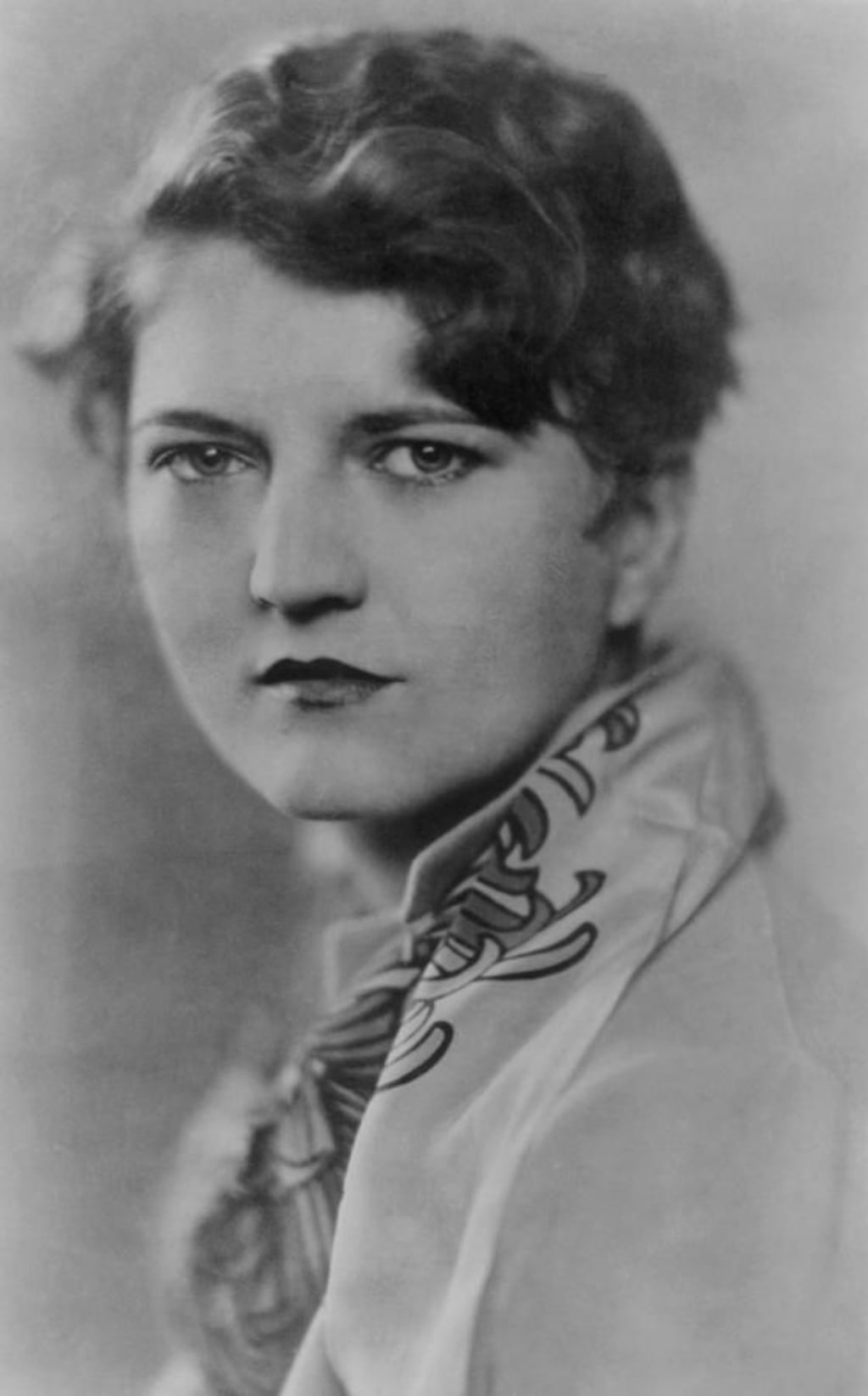The Legend of Zelda Sayre Fitzgerald
Writer, Dancer, Flapper, Icon

The Roaring Twenties—a period of history that has always fascinated me. The glitz, the glamour, the vibrant optimism and strive for social change... the 1920s was all about subverting the accepted societal norms of the past.
Zelda's husband, F. Scott Fitzgerald, was a successful writer of the time, publishing novels and many short stories throughout the twenties—mostly about the extravagant lifestyles of the "bright young things" of the time. These were young people, often sons and daughters of the upper and middle classes, who spent their time drinking and partying, and alluring the press with their outrageous (drunken) stunts. The idea of "the flapper" became mainstream—women who wore short skirts, bobbed their hair, smoked and drank alcohol in public, and—horror of all horrors—listened to jazz music. F Scott Fitzgerald's character Rosalind Connage in his first novel This Side of Paradise was described by Zelda as "the original American flapper", but in fact, she was based on herself.
Zelda Sayre was born in Montgomery, Alabama in 1900. As a teenager, she was a central part of the social scene, and she enjoyed being the subject of gossip. Actively seeking attention, she once wore a flesh-coloured bathing suit to fuel rumours that she swam in the nude. She also loved dancing—a passion which she'd return to years later when her mental health started to decline.

Zelda Sayre in Costume for Folly (1919)
Zelda met F Scott Fitzgerald in summer 1917, and they quickly fell in love.
Zelda kept a personal diary, and her writing style was, by all accounts, unique. When she showed it to Fitzgerald in 1918, he used verbatim extracts of it in his novel, which became a success. The couple married and lived a riotous lifestyle in New York, filled with parties and alcohol and general self-indulgence, leading them into bitter fights and near-crippling debt.
Zelda continued to write throughout the twenties, though her work was often unrecognised, as magazine editors made it a condition of publication that her husband's name appear on her stories as co-author. She also helped her husband write the play The Vegetable—though this, like his stories, was not able to get them out of debt, so in 1924, they left for France in hope of a cheaper, more harmonious lifestyle.
It was in France that their marriage, and their states of mental health, drastically declined. Zelda met, and became rather infatuated with, a charming French pilot, Edouard Jozan, and she soon asked Fitzgerald for a divorce. His alcoholism now taking a firm hold, Fitzgerald violently refused—locking her in their house until she dropped the request. That autumn, Zelda overdosed on sleeping pills.
Zelda, bored and frustrated by her isolation while her husband wrote, was desperate for a creative endeavour of her own. In 1927, she became obsessed with ballet, practising up to eight hours a day. This, it seems, may have contributed to her physical and mental decline. Her behaviour became increasingly erratic and self-destructive, and, despite it being as close to success as she could have hoped for, she declined an invitation to join a ballet school in Naples.
In 1930, she was admitted to a sanatorium in France, where she was diagnosed with schizophrenia. She was in and out of psychiatric wards the rest of her life.
In 1932, Zelda had a burst of creativity, writing an entire novel in six weeks - Save Me The Waltz. When Fitzgerald read it, he was furious that she'd used the same autobiographical material that he'd planned to use in his next novel,'Tender is the Night, which he'd been working on since 1925. He forced her to edit the novel and remove the parts that drew on the shared material.
The book sold only 1,392 copies, from which she earned around $120. This commercial failure disheartened Zelda, but her hopes were truly crushed when, in a fight, Fitzgerald described the novel as "plagiaristic, unwise in every way... should not have been written" and stated that Zelda was "a third-rate writer and a third-rate ballet dancer." She didn't write another book.
Some of the paintings she'd done over the years were exhibited in 1934, to a lukewarm reception. The New Yorker described them as "paintings by the almost mythical Zelda Fitzgerald; with whatever emotional overtones or associations may remain from the so-called Jazz Age"—they included no descriptions of the actual artworks.

Zelda's Painting: Puppeufee (The Circus)
Following these failures, Zelda's mental health deteriorated, and her marriage never really recovered. In March 1948, a fire broke out in the hospital where Zelda was awaiting electroshock therapy. Nine women, including Zelda, died.
Zelda is buried with her husband, and their epitaph is a line from The Great Gatsby—a novel which epitomises "The Jazz Age", an era within which the Fitzgeralds will forever be celebrated as almost-royalty.
Zelda Sayre Fitzgerald is not a "perfect" feminist icon—she certainly had her flaws. Even her close friends described her as attention-seeking, and she could often be selfish and manipulative. But she was a passionate, driven woman who knew her own talent and self-worth, and used her undying resilience to raise her voice against the odds. The world just didn't want to listen.
Save Me the Waltz is a fascinating novel about a woman striving for creative identity and respect for her own achievements. Zelda never received this gift in life, but now we are a more fair and understanding society, we can do better—and we will.
About the Creator
Mabel Holes
medical student in the UK, who spends her spare time writing ✨
instagram: @mabelholes






Comments
There are no comments for this story
Be the first to respond and start the conversation.